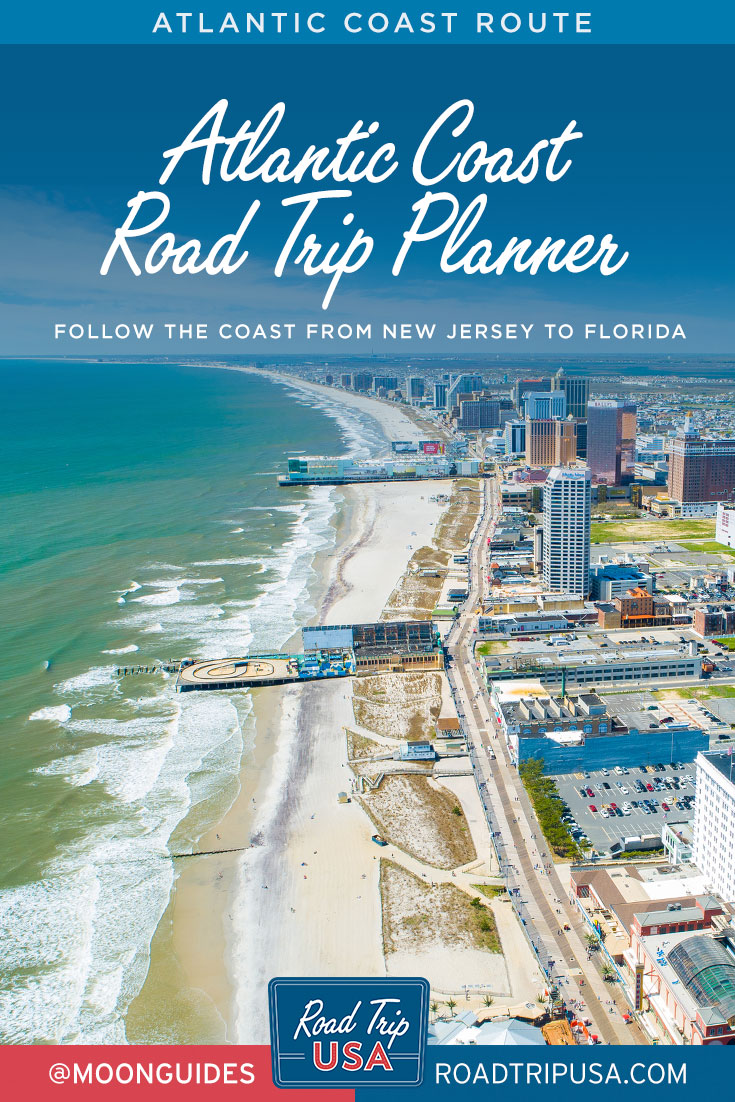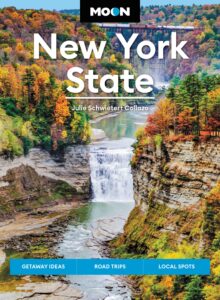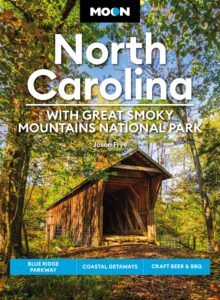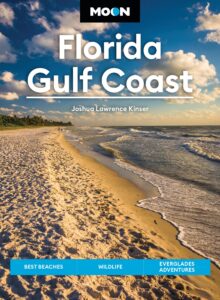Atlantic Coast
If your impressions of the East Coast come from driving along the I-95 corridor through nearly nonstop urban and industrial sprawl, following our Atlantic Coast route will open your eyes to a whole other world, alternating between wildly differing beach resort areas and lengthy stretches of pristine coastal wilderness. In place of the grimy concrete and soulless netherworld of the interstate, this route passes through innumerable quirky seaside towns and timeless old fishing villages, interspersed with huge swaths of beaches, wetlands, and woodlands that have hardly changed since the European explorers laid eyes on them four centuries ago.
Starting in the north at that all-American icon, the Statue of Liberty, and winding up in the south at free-wheeling Key West, this route truly offers something for everyone. Those searching for photogenic lighthouses or beachcombing solitude will love the undeveloped and usually deserted strands that stretch for miles along the low-lying islands that make up most of the coast, much of which, as at Assateague Island or Cape Hatteras, has been protected as national seashore parks. In contrast, the many beach resorts that dot the in-between areas vary from the grand Victorian charms of Cape May to the funky old Coney Island-style attractions of Ocean City, Maryland, and Myrtle Beach, South Carolina, with their boardwalks full of roller coasters, wax museums, and saltwater taffy stands. And let’s not forget the glitzy casino resorts of Atlantic City.
Alongside the contemporary attractions are many evocative historic sites, including such unique places as Roanoke Island, North Carolina, where the first English-speaking colony in North America vanished without a trace in 1587. Lying south of the Mason-Dixon Line for almost all of its length, the route also visits many important Civil War sites, including Fort Sumter, where the first shots of the war were fired, and the vital naval battlegrounds at Hampton Roads at the mouth of Chesapeake Bay. Midway along, we also pass one of the key sites of modern history: the windy sand dunes at Kitty Hawk, where the Wright Brothers first proved that humans could fly.
Although this Atlantic Coast route will bring you to many well-known sights, its real attraction is the traveling, stopping off for fried chicken or barbecue at one of the hundreds of roadside stands, watching the shrimp boats pull into a sleepy dock and unload their day’s catch, or simply chatting with locals at the general store or post office in a town that may not even be on the map.
Highlights Along the Atlantic Coast Route
- Statue of Liberty – Take a ferry from Liberty State Park to visit one of the most vivid emblems of America
- Atlantic City, NJ – Home of the world’s oldest beachfront boardwalk and the first pleasure pier
- Assateague Island, MD – One of the few areas of the Atlantic Coast protected from commercial development, with options for hiking, swimming, camping, canoeing, bicycling, clamming, and bird-watching
- Chincoteague National Wildlife Refuge, VA – See hundreds of species of birds and explore marshland, beaches, and a number of hiking and cycling trails
- Ocracoke, NC – Spend an afternoon or two walking or cycling along unpaved back streets lined by overgrown gardens and weathered old homes
- Cape Romain National Wildlife Refuge, SC – One of the largest and most important sanctuaries for migratory birds on the East Coast
- Cumberland Island National Seashore, GA – Enjoy miles of hiking trails and primitive backcountry camping along beaches and in palmetto forests
- St. Augustine, FL – Perfect for lovers of history, architecture, sandy beaches, and bizarre tourist attractions
Related Travel Guides
Maps of the Atlantic Coast Route
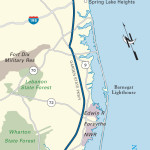
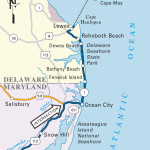
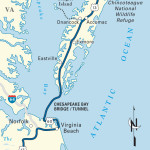
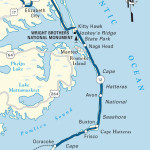
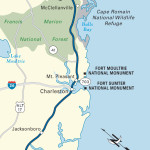
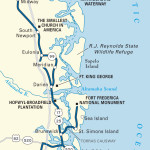
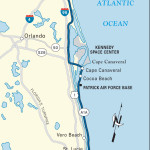
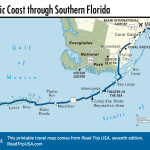
Pin it for Later
